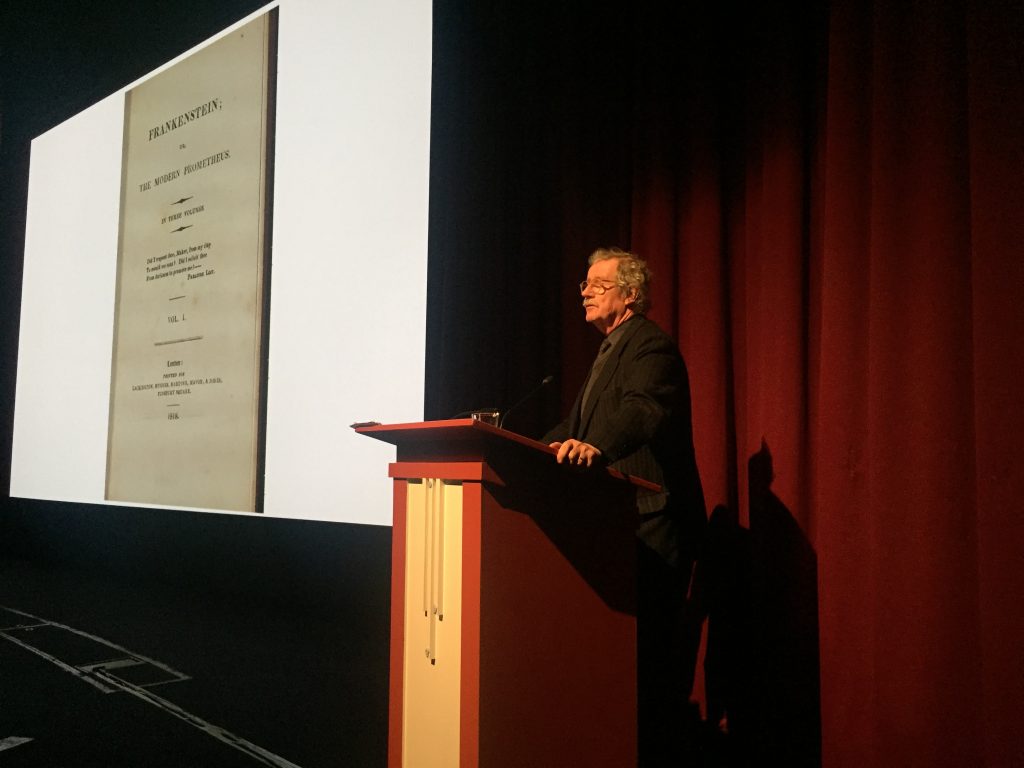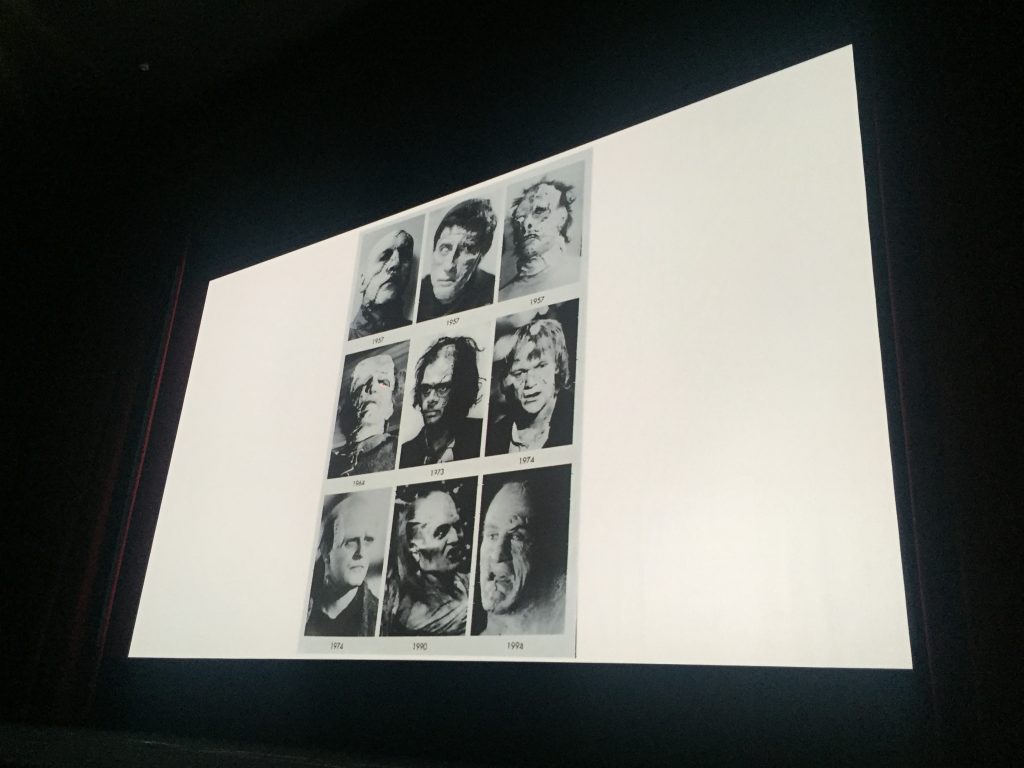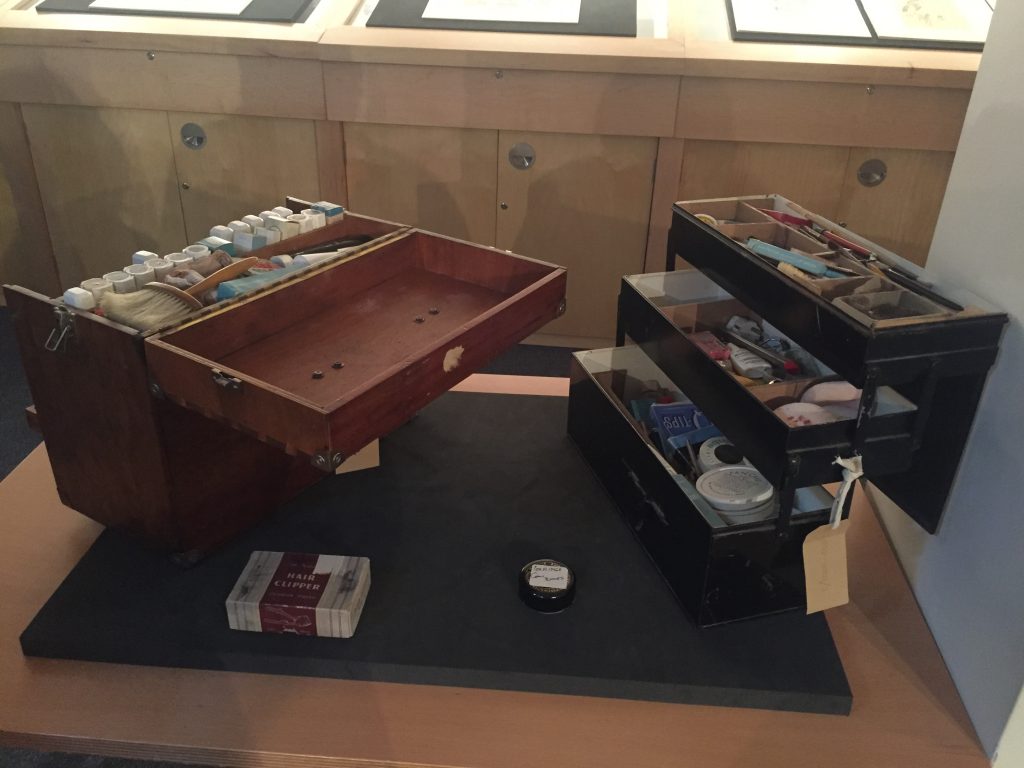On a grey and wet—some might even say gothic—evening in March, we celebrated 200 years since the publication of Mary Shelley’s Frankenstein; or, The Modern Prometheus.
Our collection and ongoing cinema programme have long drawn from the many film adaptions of the classic novel, and on this occasion they inspired our event Frankenstein: The First Two Hundred Years. The title of the event was taken from a new book by cultural historian and Frankenstein expert Sir Christopher Frayling.

Frayling gave a rich talk on the history of Frankenstein adaptions before a screening of the 1957 Hammer production The Curse of Frankenstein, the first colour gothic horror film. The audience learned how it was the numerous stage adaptions that followed the novel that created the common tropes of Frankenstein and his Monster seen in so many film productions. Unrestricted by copyright law, these theatre productions transformed the student Frankenstein into a middle-aged man and turned the beautiful, and ultimately articulate, creature into a green, grunting monster. It’s these interpretations which captured the imaginations of future film-makers.

In a wonderful series of slides, Frayling showed the appearance of every creature or monster in every Frankenstein feature film, from Thomas Edison’s 1910 short to Kenneth Branagh’s Oscar-nominated version in 1994.
Before the talk and film, a lucky bunch of enthusiasts enjoyed a presentation in Insight: Collections & Research Centre. Associate Film Curator Toni Booth presented original objects and designs from special effects makeup pioneers Roy Ashton and Phil Leakey, who worked on Hammer films The Curse, The Evil and The Revenge of Frankenstein.


Visitors enjoyed a close look at an array of beautiful original sketches, alongside weird and wonderful objects like eye bags and nostril expanders. Some wonderful quotes captured by the artists enriched the presentation—such as actor Richard Wordsworth explaining the challenges Ashton faced in creating effects for 1961’s The Curse of the Werewolf. It would seem werewolves could have fangs or relations with women… but never both!